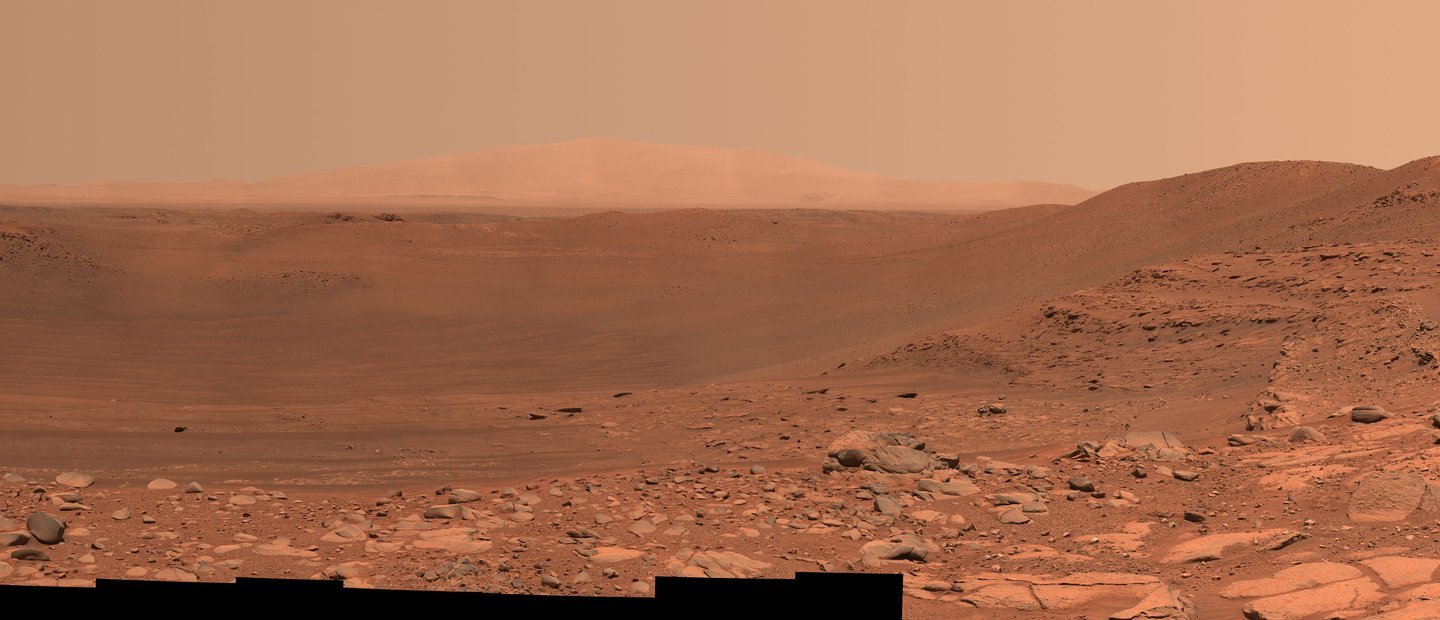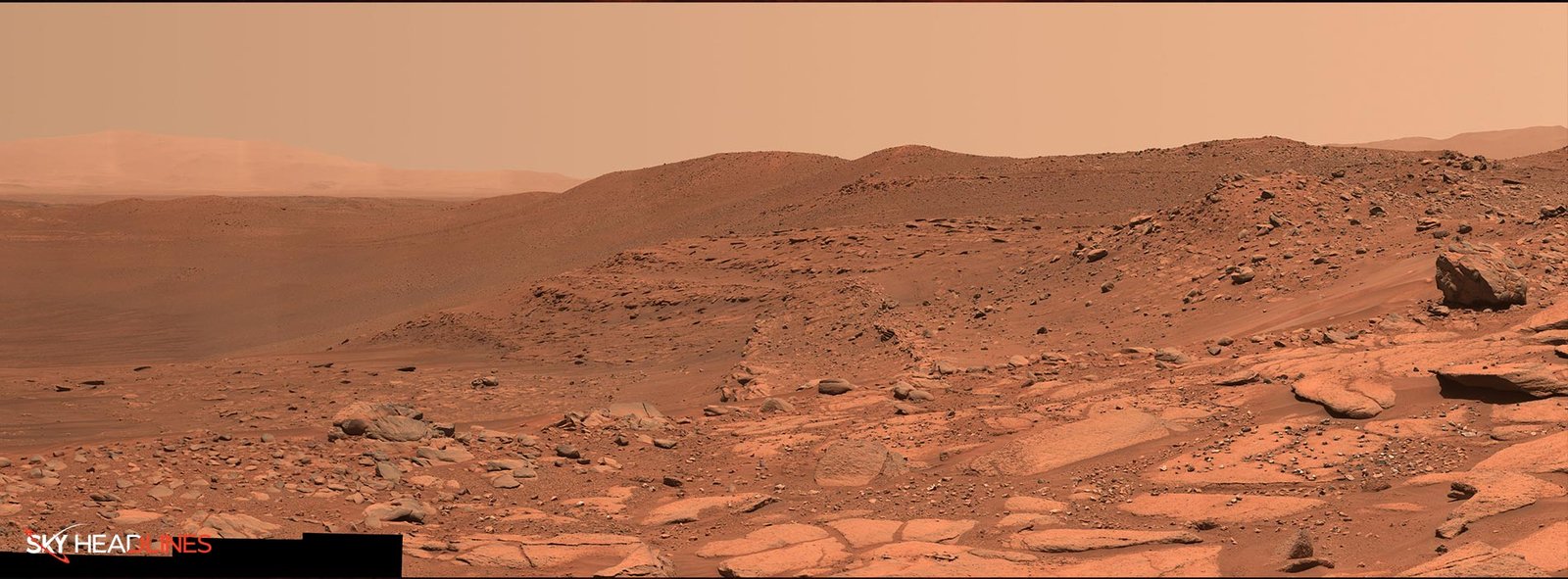During its most recent science campaign, the six-wheeled scientist came across the crater while looking for rock samples that could be transported back to Earth for further investigation. The Mastcam-Z instrument on NASA’s Perseverance rover recently took 152 photos while exploring Belva Crater, a large impact crater within the much larger Jezero Crater. The data, stitched into a stunning mosaic, are not only eye-catching but also provide the rover’s science team with some significant insights into Jezero’s innards.

Where Is Perseverance Rover Right Now?
“Mars rover missions usually end up exploring bedrock in small, flat exposures in the rover’s immediate workspace,” said Katie Stack Morgan, Perseverance’s deputy project scientist at NASA’s Jet Propulsion Laboratory in Southern California. “Our science team was so excited to photograph and study Belva.” Impact craters can provide vast views and vertical incisions that offer vital insights to the origin of these rocks from a perspective and size we don’t usually see.”
On Earth, geology instructors frequently take their students to highway “roadcuts” – areas where construction crews have sliced vertically into the rock to create a way for highways – where they may see rock strata and other geological phenomena that are not apparent from the surface. Impact craters like Belva on Mars can operate as natural roadcuts.

Watermarks from the Past
Perseverance photographed the basin on April 22 (the 772nd Martian day, or sol) while parked slightly west of Belva Crater’s rim on a light-toned rocky outcrop known as “Echo Creek” by the mission’s science team. The 0.6-mile-wide (0.9-kilometer-wide) crater, formed by a meteorite impact ages ago, displays various locations of exposed bedrock and a section where sedimentary layers curve steeply downward.
These “dipping beds” could imply the presence of a massive Martian sandbar made of material that was deposited billions of years ago by a river channel flowing into the lake that previously occupied Jezero Crater.
The science team believes the big rocks in the foreground are either exposed bedrock from the meteorite impact or were brought into the crater by the river system. The scientists will continue to look for answers by comparing features detected in the bedrock near the rover to larger-scale rock layers observed in distant crater walls.
The mission also constructed an anaglyph, or 3D, version of the mosaic to aid in those efforts. “An anaglyph can help us visualize the geologic relationships between crater wall outcrops,” Stack explained. “However, it also provides an opportunity to simply enjoy an incredible view. “I’m transported to the western rim of Belva when I gaze at this mosaic through red-blue 3D glasses, and I wonder what future astronauts would say if they stood where Perseverance previously stood when it took this photo.”
More Information on the Mission
Astrobiology is a primary goal for Perseverance’s mission on Mars, particularly the collection of samples that may include evidence of ancient microbial life. The rover will analyze the planet’s geology and previous climate, paving the groundwork for future human exploration of Mars, and be the first mission to gather and cache Martian rock and regolith.
Subsequent NASA missions would deploy spacecraft to Mars in collaboration with ESA to collect these sealed samples from the surface and return them to Earth for in-depth investigation.
The Mars 2020 Perseverance mission is part of NASA’s Moon to Mars exploration strategy, which includes Artemis Moon missions to help prepare for human exploration of the Red Planet.
JPL, which is overseen by Caltech for NASA, created and operates the Perseverance rover.





